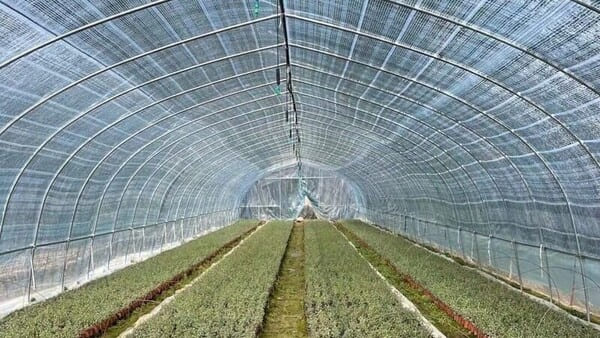Shade net is one kind of netting to provide the shade for crops. It is a solution to protect the crops from the sunlight in summer.
It is widely used in agriculture, more and more people choose shade net for their seedings, vegetables, flowers and trees.
Do you know the benefits that the shade net provide for the crops?
Now, let me introduce the 10 functions for agriculture.
Reduce direct sunlight
The shade net could reduce or reflect the sunlight.
In summer, the intensity of sunlight is about 80,000-120,000 lux, but the max intensity that crops need is just 30,000-50,000 lux.
The shade net could reduce the amount of the sunlight passing. It could control the sunlight by different shade rate.
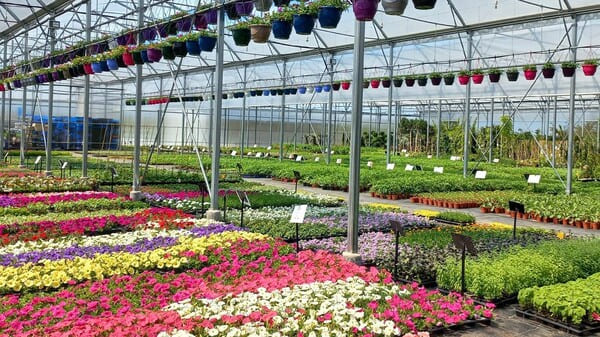
If the crops need more sunlight, you could choose the lower shade rate, such as 30-50%. If the crops need less sunlight, you could choose higher shade rate, such as 80%-90%.
The shade net could provide different proposal for different crops.
Control special sunlight
The shade net in different color could selectively transmit different color light for different crops.
For example, tomatoes and strawberries can benefit from red light wavelengths, the red shade net could transmit the red light for them to increase the yields.
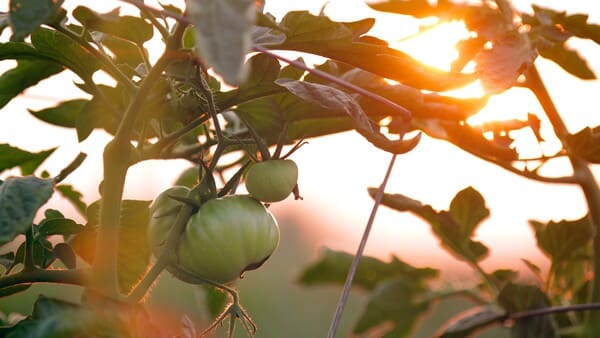
Some leafy greens and flowers might prefer blue light, so the blue shade net would be helpful for them in growing.
Provide diffused light
The crops don’t like the direct sunlight, because it will harms them. But they need the diffused sunlight.
The white shade net could provide diffused sunlight for crops. Diffused light penetrates deeper into the plant canopy, reaching lower leaves and branches. This promotes more uniform growth, prevents shade-avoidance responses, and encourages the development of strong and healthy plants.

The diffused light would provide more benefits for fruits, such as apple, orange, peach, cherry, bluecherry, etc. It could increase the quality of fruits, make the fruits more beautiful and colorful.
Control the temperature
The crops will stop growing when the temperature is over 25 degree. So if the temperature could be controlled in the suitable range, it could increase the yields of crops.
In summer, how to control the temperature for crops is a big problem. Shade net is the most suitable solution in the market.
It can significantly reduce the temperature in the shaded area by several degrees compared to the surrounding exposed areas. The shade created by the netting limits the absorption of solar energy, preventing overheating and maintaining a more moderate temperature for the crops.

This temperature reduction is particularly beneficial during hot summer months or in regions with high levels of solar radiation.
Moisturize the soil
Shade nets provide shade and reduce the intensity of sunlight reaching the soil surface. This shading effect minimizes evaporation by limiting the direct exposure of the soil to intense sunlight and heat.
As a result, soil moisture loss due to evaporation is reduced, helping to maintain a more consistent soil moisture level.
Shade nets also create a cooler microclimate by blocking a portion of the sunlight. Lower temperatures can slow down the rate of water evaporation from the soil.
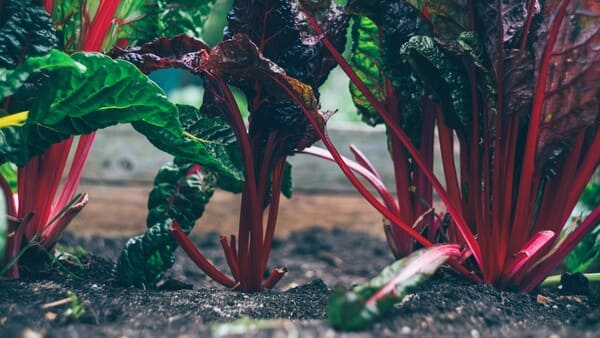
By reducing heat stress on the soil, shade nets help to preserve soil moisture and prevent rapid drying.
Resistance to rainstorm
During a rainstorm, heavy rainfall can directly hit the crops, leading to soil erosion, compaction, and damage to delicate plant structures.
Shade nets act as a physical barrier, intercepting the falling raindrops and reducing their direct impact on the crops. This helps to minimize physical damage and prevents soil erosion.
Shade nets can partially obstruct rainfall, allowing it to filter through the net and reducing the amount of water reaching the soil. This helps to prevent waterlogging and maintain a more balanced soil moisture level.
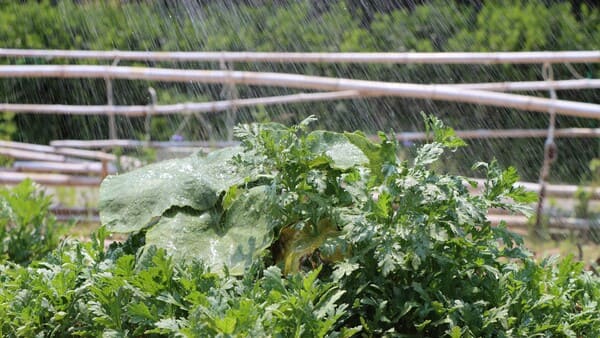
Shade nets can intercept the raindrops, reducing the splashing effect and minimizing the risk of disease transmission and soil disturbance.
Resistance to hail
Some shade net, especially the mono shade net or heavy duty shade net, can absorb some of the impact of hailstones.
It acts as a physical barrier, reducing the force with which hailstones hit the crops. This absorption can help mitigate direct damage to the plant foliage, stems, and fruits.
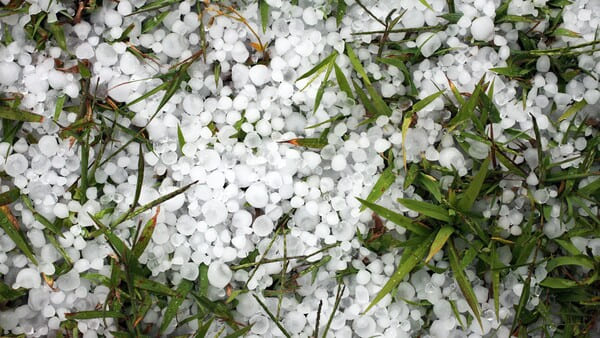
it also can break up or fragment larger hailstones as they pass through the netting. The net’s mesh structure can disperse the impact of hail, causing larger hailstones to break into smaller pieces.
This fragmentation can potentially lessen the damage caused by hailstones and provide some protection to the crops.
Resistance to strong wind
Strong wind can bend, break, or uproot plants, leading to physical damage to crops. This can result in yield loss, reduced quality, and sometimes complete crop failure.
Shade net could act as a barrier that intercepts the flow of wind. They may not completely block strong winds, but they can reduce wind speed and intensity.

It can creat a more sheltered microclimate for the crops. This helps to minimize wind damage, such as bending or breaking of stems and branches.
It is helpful for seedings, vegetables, flowers, fruit trees.
Heat preservation
Shade net acts as a physical barrier that reduces heat loss from the crop area. They create a sheltered environment by trapping a layer of air between the netting and the crop canopy.
This trapped air acts as an insulating layer, reducing heat transfer between the crop and the surrounding environment. It helps to retain the warmth generated by the soil and plant metabolism.
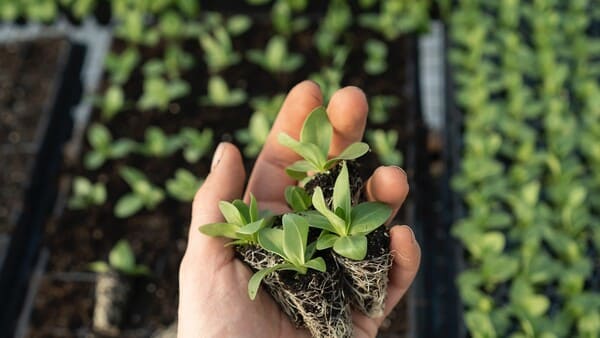
It prevents temperature spikes and helps maintain a more stable and moderate temperature within the shaded area.
At night, shade nets can act as a barrier that reduces radiative heat loss from the crop area, providing some insulation against cooler nighttime temperatures.
Anti frost
Frost occurs when the temperature drops below freezing, and radiative cooling causes ice crystals to form on plant surfaces.
Shade nets can act as a physical barrier that reduces radiative heat loss from the crops and the surrounding environment.
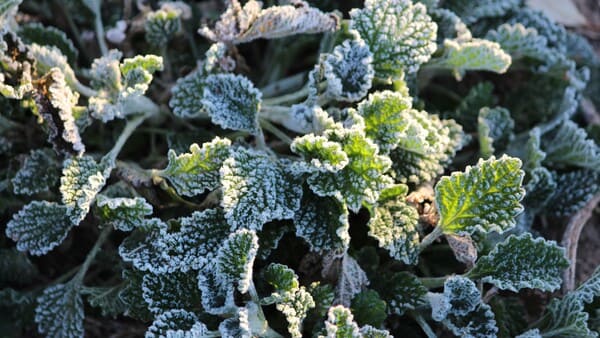
The netting traps a layer of air, which acts as insulation and reduces the rate of heat loss from the plant canopy.
This helps to maintain a slightly higher temperature around the crops, minimizing the risk of frost damage.

